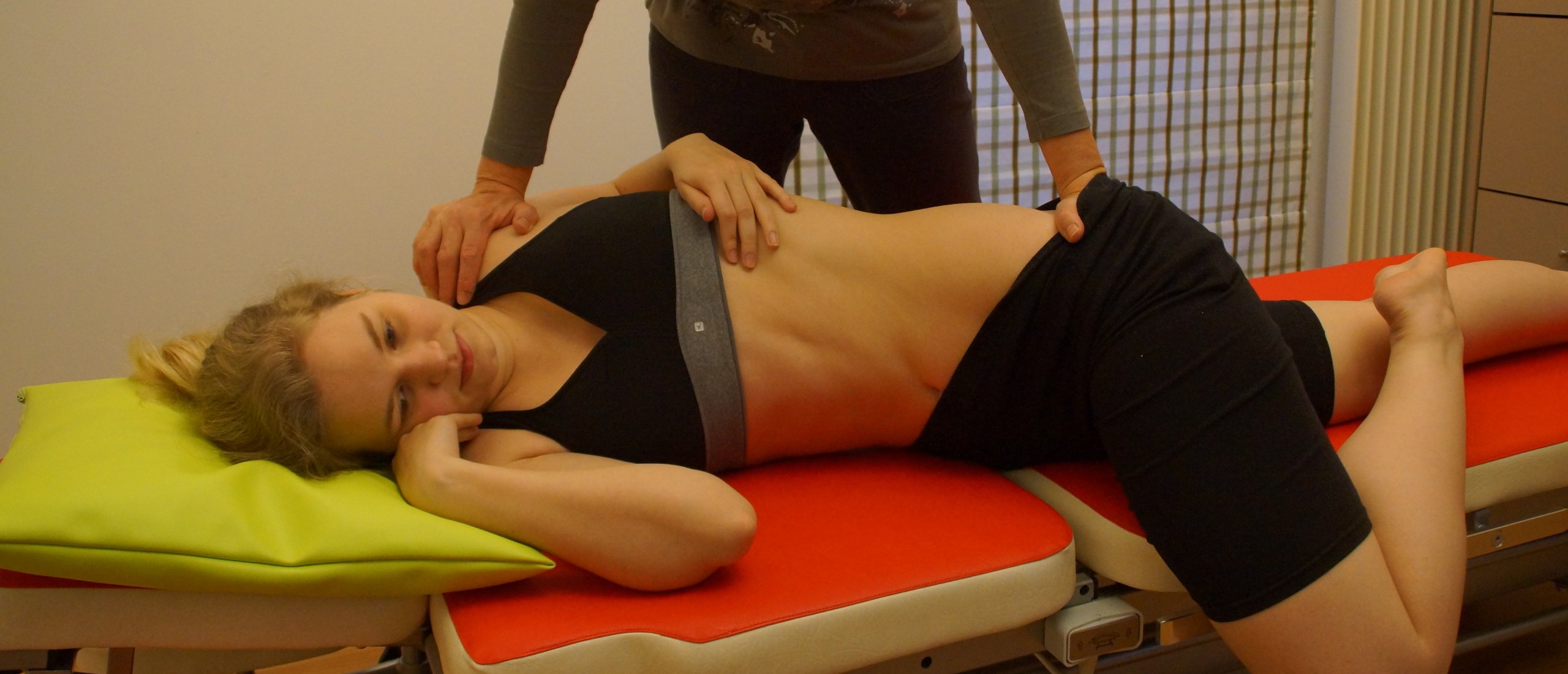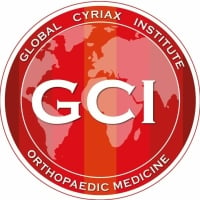
Lumbar spine manipulation, which techniques to use
Which manipulation strategy can we apply in the lumbar spine? Introduction
Before considering to manipulate the lumbar spine, of course, first of all we need to establish a relevant diagnosis based on a good functional examination. The question is not only how to perform the particular manipulation techniques, but also when are we going to do it, how many times, which technique,...etc. By using a structured strategy you will be even more successful.
Let's be honest...it happens very often that the patient receives a set of several manipulations in a row (because the therapist, of course, "feels" lockings on several levels ; which, by the way, still is in fact the biggest illusion in the manual therapy field). Manipulating in this way is rather unprofessional and could even be dangerous.
Why?
Well, imagine you performed a series of manipulations and afterwards the patient is worse...could happen...but the question is why? Because of your manipulation nr 1 or nr 3 ; you simply don't know. If he feels better, you also don't know why...
I am convinced that we can do this in a more efficient, safe and controlled way.
You would like to find out more about this? Why don't you join the Mastermind private training in modern orthopaedic medicine?
General remarks
- Techniques with a lever (i.e. “leg over” and “Dallison”) are avoided in elderly or osteoporotic patients (these could also be young patients who have had large doses of steroid drugs).
- Rotation techniques (“stretch”, “reverse stretch”)usually do very well for an L4-protrusion. For an L5-disc, occasionally, extension techniques can be more efficient (empirical finding). The reason therefore might be that, anatomically, there is less rotation between L5 and S1 than between L4 and L5.
- No extension techniques in prone lying in case an acute lumbago ; this would be far too painful
- When we decide to manipulate, we always start with the “stretch” as a first maneouvre
- In a manipulation session several manoeuvres are performed. A normal dose for a young adult is about 7-8-9 manoeuvres in the same session. For an elderly patient 3-4 manoeuvres will do, and the interval between the sessions is longer : a young patient can come back the next day, whereas the elderly patient returns only 2 or 3 days later.
Basic rules
- Each manoeuvre is first done at half the normal intensity
- Check positive tests after each manoeuvre (SLR or any articular lumbar movement in standing if SLR is negative)
- A manoeuvre which helps the patient is repeated
- A manoeuvre which does not help is abandoned
- A manoeuvre which produces or reinforces pain in the leg is abandoned
- We can only increase the intensity of a manoeuvre if the slighter version has proved beneficial
- If a manoeuvre ceases to afford further benefit, another manoeuvre is chosen, again at half the intensity first.
So, the therapist does not know, at the start of a manipulation session, which techniques he will use ; this depends entirely upon the evolution of the patient’s symptoms and signs.
We always start with the “Stretch” manipulation.
What is interpreted as an improvement ? What is “better” ?
We check the positive tests from the functional examination and interpret:
- Less pain
- More range of motion (although the pain can be unaltered). In this way, it might be interesting to perform the lumbar movements in standing before a mirror : the patient can see the improvement for himself
- Fewer movements became painful
- A “shortening” of the pain, i.e. the lesion centralizes
- The appearance of a painful arc (on flexion in standing or straight leg raise).
So, the interpretation “better” is not based on any kind of palpation, but is merely based on more objective information.
Manipulation strategy: track one
We always start a manipulation session with the “stretch” at low intensity, the patient lying with the painful side up.
Important note:
- there’s no holy truth…is the patient always positioned with the painful side up? No…if, after following the strategy as described below, you are not fully successful yet, then you can try the same strategy, but this time with the patient positioned with the painful side down.
- What about patients who have bilateral pain? Check the straight leg raise, and if one side is more painful than the other one, then position the patient with the more painful side up.
--> We perform one “stretch” manipulation, followed by checking the SLR (or any lumbar movement in standing if the SLR is negative). If the patient is better, the “stretch” is repeated, again with a control afterwards. As long as the manoeuvre helps, it is repeated with increasing intensity.
Eventually a point is reached in which the patient is already much better but the last manoeuvre has ceased to afford further benefit. How do we proceed ?
--> The advantages of the “stretch” technique are at an end ; I should now continue with a technique which goes in the same direction as the previous rotation : the “leg over”. It is performed at low intensity first, and then repeated a few times.
Now, after 6-7-8 manoeuvres, the patient feels clearly better. I can now decide to end the treatment session and to continue tomorrow or the day after tomorrow.
It happens quite regularly that we only need the “stretch” and the “leg over” to obtain full recovery.
Of course, keep also in mind the preventive aspect in your treatment strategy. The purpose of the manipulation is to reduce an indicated lumbar internal derangement ; in order to keep it reduced, we need to spend time in educating and guiding our patient by using an efficient preventive strategy.
Manipulation strategy: track two
There is a variant of this first track for a patient with pain and also a lateral deviation : we can now use of the “Dallison”. We take into consideration that now 5 or 6 sessions will be required instead of 3 or 4 to obtain reduction (deviation = bigger internal derangement). In each session we might use 2-3 times the “stretch”, 2-3 times the “leg over” and 1-2 times the “Dallison” technique.
Another variant is the situation, in which the patient with pain and deviation has lost his pain after 5 or 6 sessions, but the deviation has remained unaltered. Now the three “antideviation” techniques are called for. We combine the three techniques for about 20’ per session for a few sessions, in order to neutralize the deviation.
Manipulation strategy: track three
A low intensity “stretch” was the first manoeuvre ; it has not helped. Now, we can make two mistakes : to perform a more forceful “stretch” or to try a “leg over”.
--> It makes much more sense to choose the other rotation direction and to proceed with a low-intensity “reverse stretch”. If this helps, it is repeated a few times.
Manipulation strategy: track four
As always, we start with the “stretch”. Either it helps or it does not. If it helps, we repeat it several times ; if not, we do it only once. Anyway, a point will be reached in which we will have to choose a second technique : the “central pressure extension” technique. Why ?
- Because the patient is elderly or osteoporotic, or he has an osteoarthrotic hip or a total hip replacement ; in all these cases we cannot use a technique with the thigh as a lever.
- Or because he has an L5-disc protrusion, which might better respond to an extension than to a rotation technique.
- Another reason can be that my patient, in standing, has a good extension and a more painful flexion. Hence, taking up the slack in extension is likely to be comfortable whereas for a “leg over” it could be rather uncomfortable. So, we choose the more comfortable technique.
We can with the central pressure followed by the “unilateral pressure” on the painfree side first, on the painful side afterwards.
It can occur that taking up the slack for the “central pressure” causes a pain in the limb. If so, this technique is disregarded and the “unilateral pressure” is tried.
